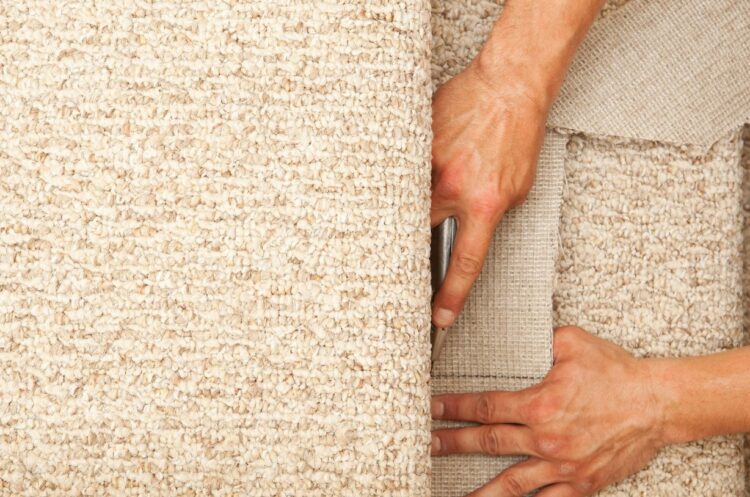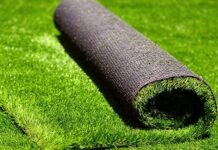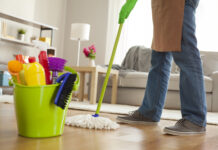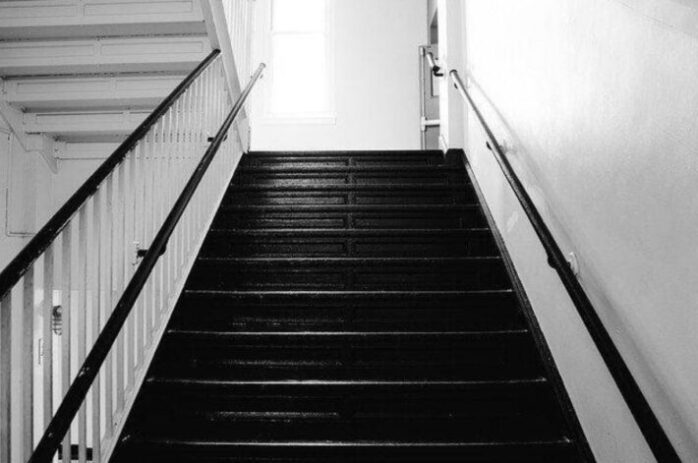
Some homeowners make it a point to have a uniquely designed stairway and use it as their home’s centerpiece. A stairway is a home’s functional feature, allowing people to reach the upper parts of the home conveniently. A stairway also gives the home some insulation.
Although functional, the plight of stairs can be dangerous to elderly family members with limited movements and active young children who do not recognize danger. Whether young or old, climbing up or down the stairs can be risky. Even a minor stumble or slip can make someone fall down the stairs, which might lead to some serious injuries. The risk is always present when climbing or going down the stairs, particularly if the stairs are bare and slippery.
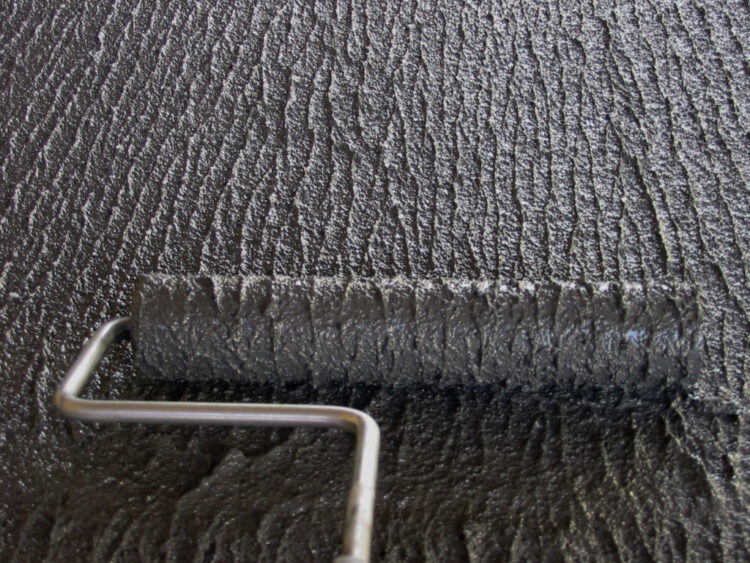
Materials for the steps
It is typical for indoor staircases to have hardwood steps, which give the stairs a classic look, using the natural elegance from red oak, ash, white oak, Brazilian cherry, American cherry, cypress or African mahogany. But you can find homes with stone, concrete or tile stairs.
Minimizing danger
Whatever materials homeowners want for the stairs, what’s more important to consider is how to minimize or eliminate the danger of someone slipping and falling from the stairs. Adding traction using textured material to the steps is the best option.
As with any other feature in the home, you must consider the following when choosing materials that will help make the stairs safer for young children and adults whose mobility and strength are limited. Features to consider include the cost, level of difficulty in installation (DIY or hiring a professional installer), aesthetics, and the material used for the steps. Durabak has a range of non-slip coating products for different surfaces, including stairs.
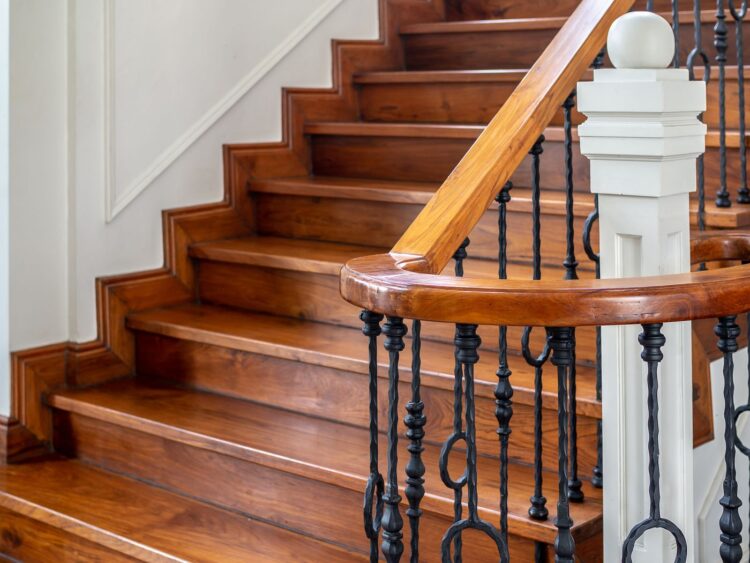
What to do first
Builders normally follow the design and recommendations of the architect, and the preferences of the homeowners. Check the stairs. What is it made of? They could be made from planks of hardwood, painted and sealed concrete, or made with mild steel or iron cast. These are smooth materials, and should not be left as is if you do not want accidents to occur. Smooth surfaces do not provide the right kind of traction that will prevent a person from slipping. Certain varnishes and waxes will make wood steps shiny and smooth, increasing the risk of someone slipping.
Adding an abrasive material to the smooth surface will prevent them from being slippery.
Types of non-slip materials for the staircase
You have several choices to cover the stair treads to make them non-slip. Most homeowners choose the cheapest product. But it may not provide the right traction you need to reduce the slipperiness of the steps. Observe prudence by choosing the right type of material. It should ensure that the steps will have the traction they need without marring the aesthetic appeal of your staircase.
Carpeting
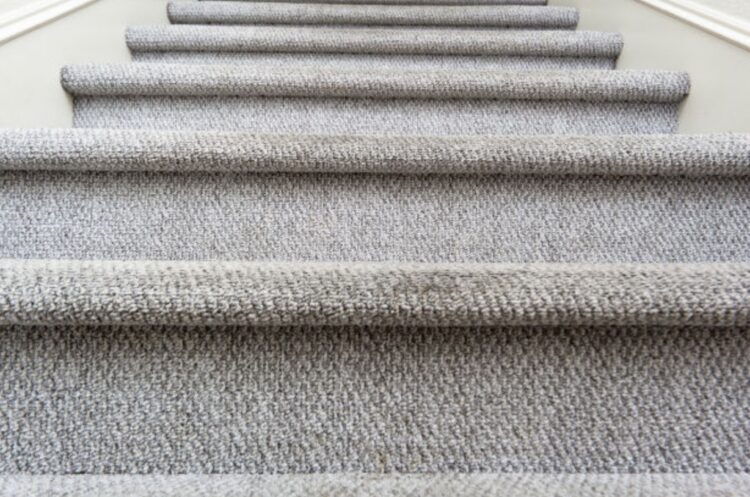
You can buy carpets with fibers that create friction naturally. The fibers give the soles of your feet some grip to prevent you from slipping while you go up or down the stairs. Pick a carpet produced from synthetic nylon and has a low pile (about 3/4-inch or less). The carpet should be stain- and dirt-resistant. Determine whether you want carpet runners or single carpet pieces are the more suitable method to solve the problems with safety. A professional installer can help. Remember that carpets do not last long and must be replaced.
If you think carpeting for the stairs is more suitable, you have two choices.
- Runners for the stairs. The material is a long narrow carpet made especially for the stairway. It runs down the entire plight of stairs, covering every step. Its size is narrower than the steps’ width, leaving areas on the sides of each step exposed. The runner for the stairs forms a non-slippery surface over each tread and riser.
Source: The Spruce - Single treads. This carpet covering for the steps come in separate pieces. You place each one to every tread. They are pre-cut and ready to use. The pieces are slightly narrower and shorter than the full size of the step. Ensure that the steps are free from wax and other oily residues that can prevent the tape from adhering securely to the stair surface. Some products already include a non-adhesive backing compound that protects the steps’ surface. The singles treads are available in a range of colors and sizes, so you can choose the design and color that will match your home interior.
Abrasive treads
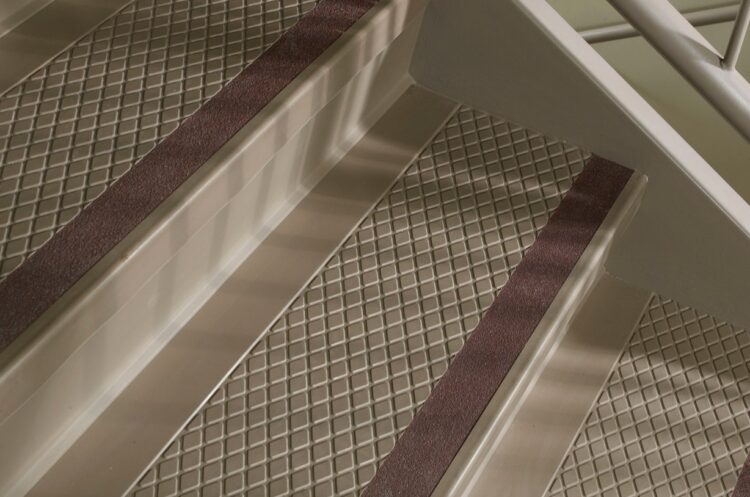
You can choose an abrasive tape that will give each step a rougher texture. For outdoor stairs, you can use screw down abrasive tread. The versions for indoor use is abrasive tape. You can install them easily by yourself. The abrasive tread is cheaper than other materials.
However, abrasive tape wears down faster and will need frequent replacement especially if the household has several family members.
Did you notice the stairs in the commercial buildings have black strips attached to the steps’ edges? These strips provide rough-textured non-slip protection, preventing people from accidentally sliding down the steps. A similar version is available for home use. But instead of black, the abrasive grip tape is clear so it will not be too obvious that you have anti-slip protection installed on the steps.
Non-slip coatings
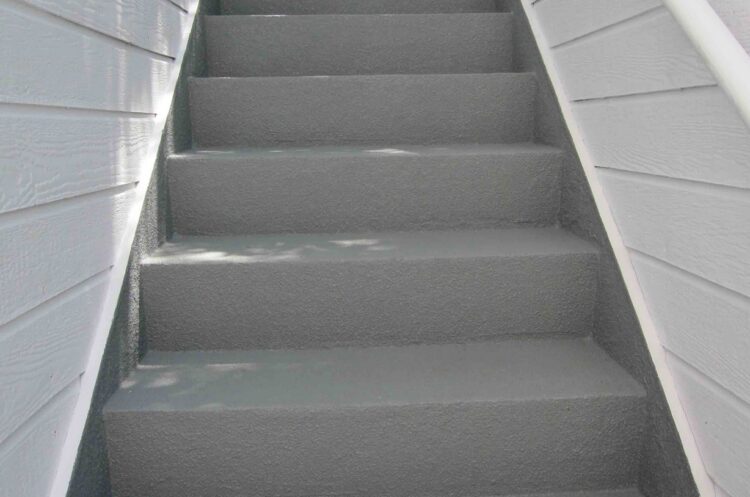
If you want a non-slip material that will last a long time, a non-slip coating is the most ideal. It provides a rough textured layer to the steps. You can choose from a wide range of colors to fit or complement the color scheme of your home interior. You can spray, roll or brush a good non-slip coating. It will take about 48 hours for the non-slip coating to completely dry. Therefore, make sure to prepare for the coating’s application. Family members with rooms upstairs will need to sleep downstairs.
Anti-slip coatings are thick liquid solutions that you can paint directly on the steps. The product contains tiny particles that give friction over the tread’s surface. The abrasive particles are so tiny they are invisible.
There are also non-slip paint additives you can add to floor paint. The additive is like sand and it is easy to control the amount to mix with the paint. Remember that the amount of additive you combine with the paint will affect its texture.
Polyurethane non-slip coating is another option. The coating is very durable and bonds strongly with wood and other surfaces. The solution contains minute rubber particles, which renders the coating abrasive and bouncy, providing a textured, non-slip surface.
Polyurethane non-slip coatings are available in several colors. You apply the coating like paint, but make sure you purchase the coating designed for interior application.
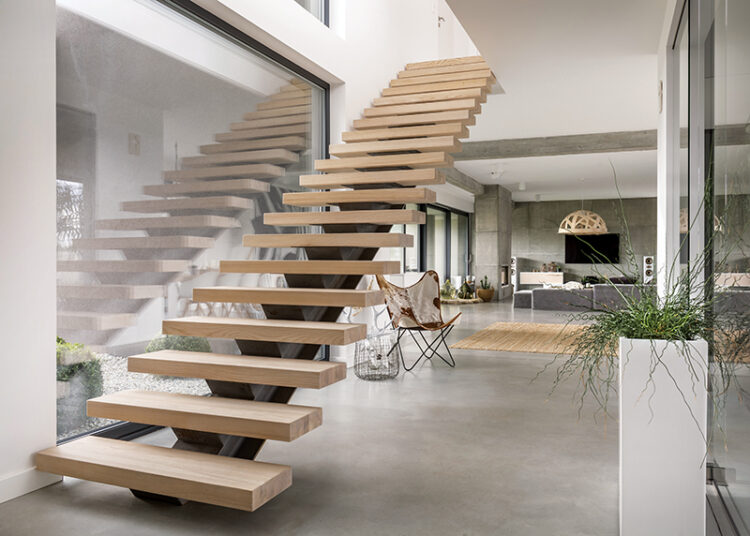
Follow the building guidelines for residential stairways
Building codes are standards that contractors must follow. Modern homes should follow the new building code for residential stairways, which will help make your stairs safer. The code defines the different measurements for the depth and distance around the steps. One primary cause of falling down the stairs is overstepping. Overstepping occurs because of shallow stair treads, meaning they do not conform to standards.
- In a stairwell, the recommended width of the steps from wall to wall must be 35 inches. The maximum height of the riser is 7.75 inches.
- Each tread’s minimum depth must be ten inches.
- Maintain a minimum headroom within the stairwell should be about six feet and eight inches.
- It is advisable to install a handrail on both sides of the staircase for better safety, even if one side is near a wall. Allow a 4.5-inch distance between the handrail and the wall.
It is important to cover your stairs with a non-slip coating before something bad happens. Choose the right materials you think will give your family the right kind of protection while climbing and going down the stairs.

